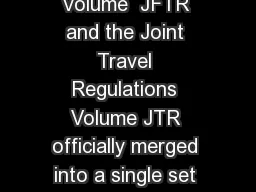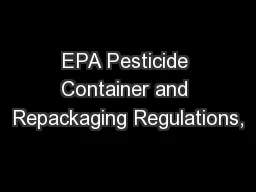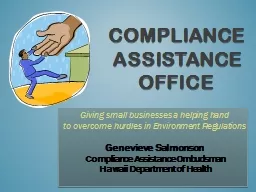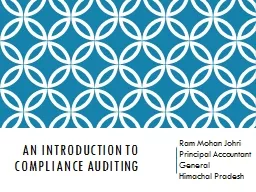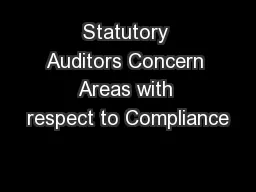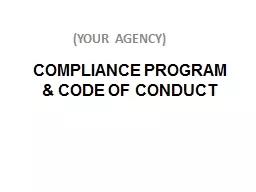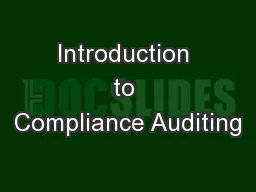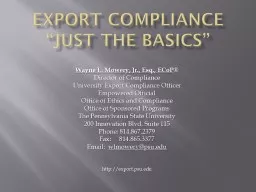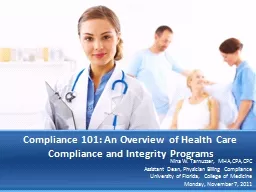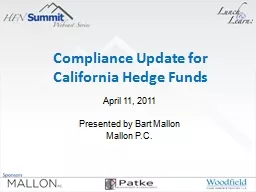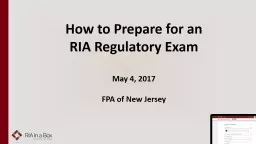PPT-COMPLIANCE GUIDELINES NJ School Regulations
Author : mastervisa | Published Date : 2020-06-22
NJ Schools Laws and Regulations 6A23 and 26 all have a big part in school planning and budgeting But we have other Laws and Regulations that we must know and understand
Presentation Embed Code
Download Presentation
Download Presentation The PPT/PDF document "COMPLIANCE GUIDELINES NJ School Regulat..." is the property of its rightful owner. Permission is granted to download and print the materials on this website for personal, non-commercial use only, and to display it on your personal computer provided you do not modify the materials and that you retain all copyright notices contained in the materials. By downloading content from our website, you accept the terms of this agreement.
COMPLIANCE GUIDELINES NJ School Regulations: Transcript
Download Rules Of Document
"COMPLIANCE GUIDELINES NJ School Regulations"The content belongs to its owner. You may download and print it for personal use, without modification, and keep all copyright notices. By downloading, you agree to these terms.
Related Documents


